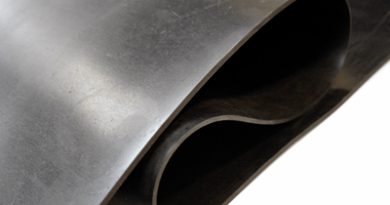Naugard Bio-XL bio-sourced rubber curing ultra-accelerator for tire and technical rubber goods applications
Some products offered to the tire industry involve replacing existing technology with a renewable source-derived substitute. Tire companies themselves are also innovating new sustainable tire materials, such as the new sources of latex rubber under development by Continental and Bridgestone. Replacing reactive products, such as antioxidants, antiozonants and accelerators, may be considered more challenging, as this task involves inventing a new molecule versus replicating an existing structure with a renewable raw material source. The vulcanization process is a particularly challenging area for creating sustainable alternatives, since the reactivity of this chemical system is critical both to the manufacturing needs and to the performance of the rubber system.
Read More







